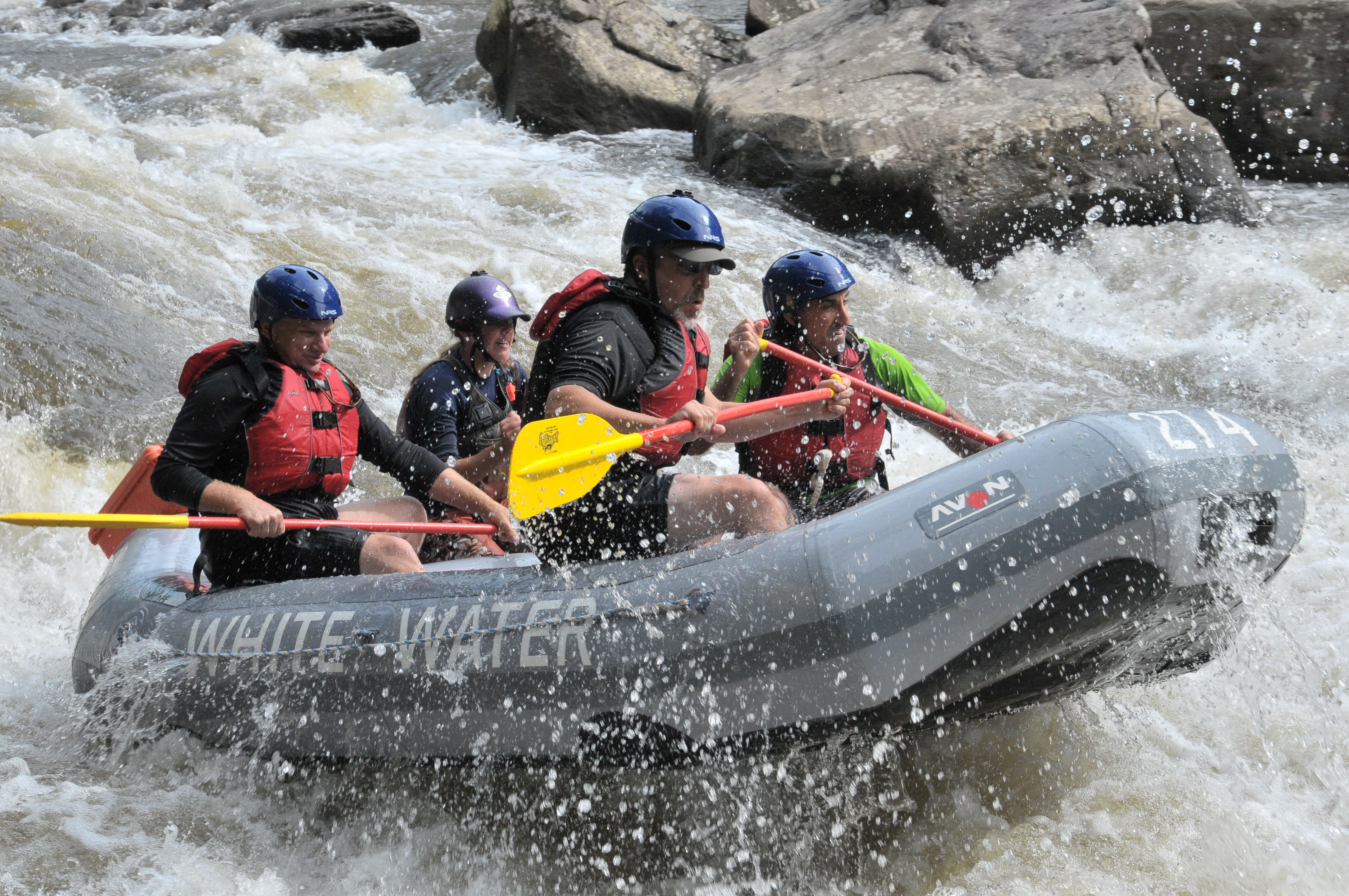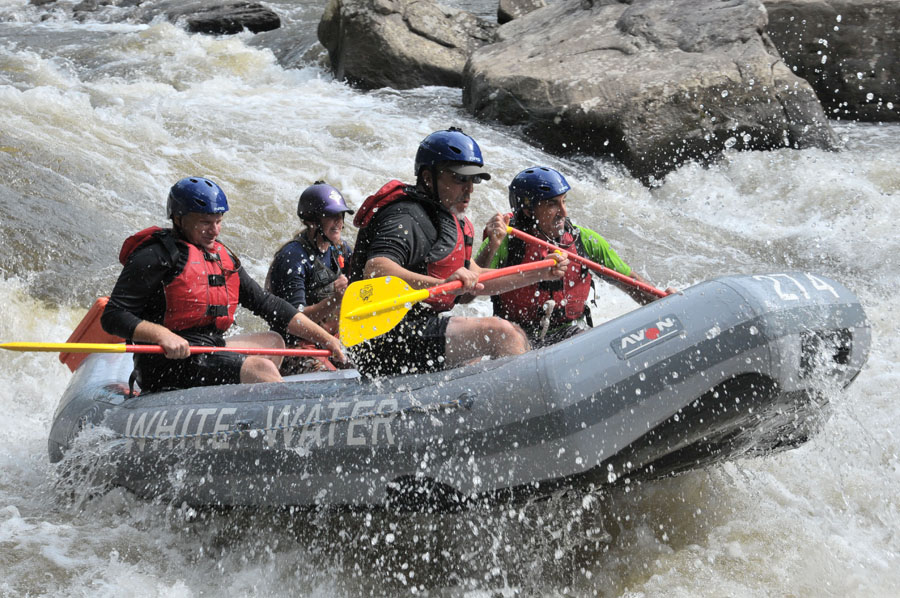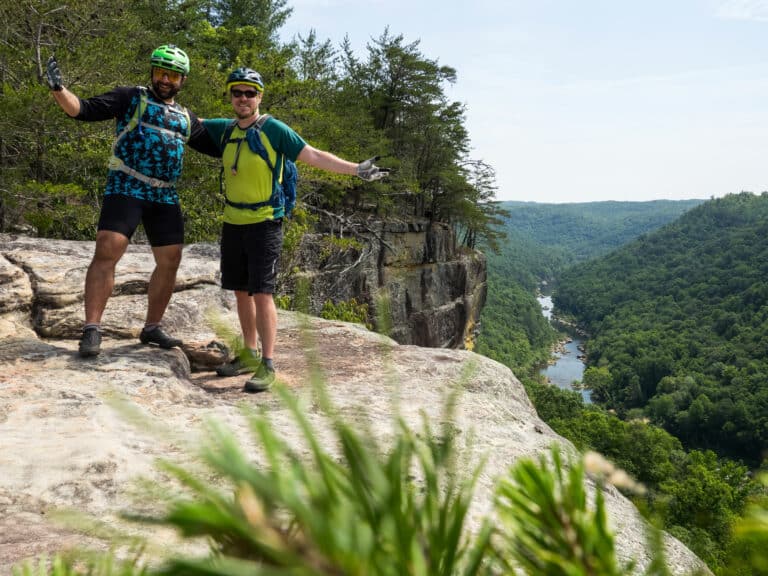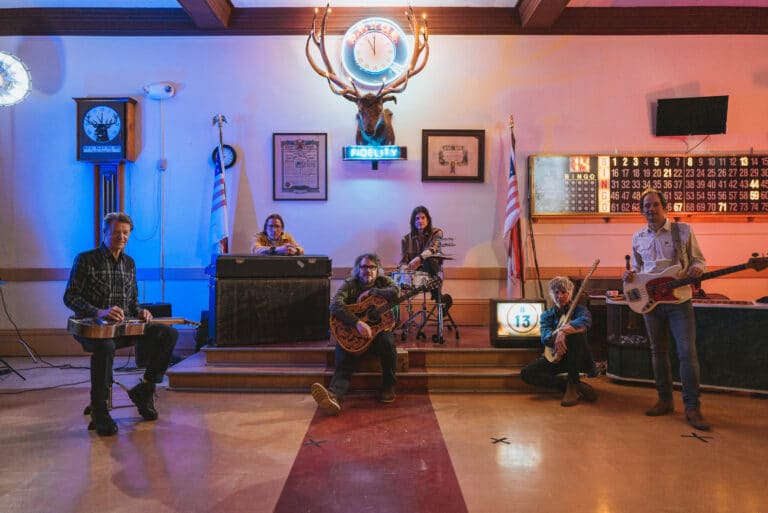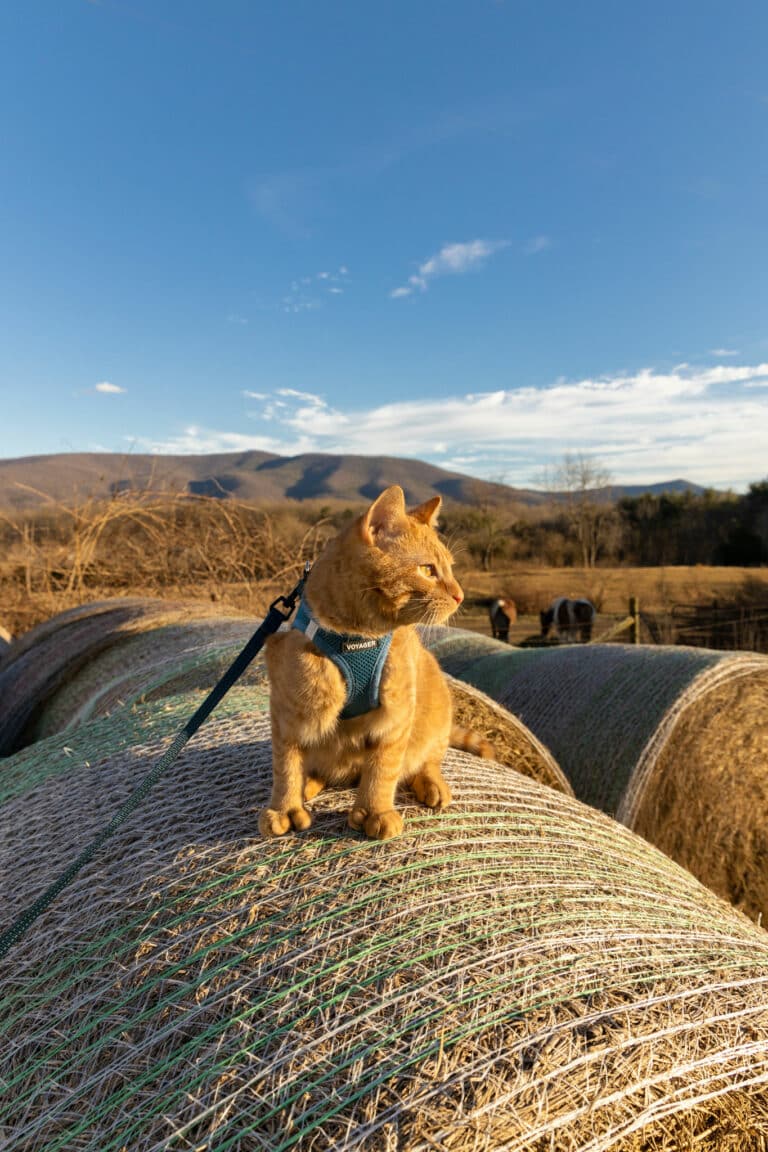The Southeast is heralded from coast to coast as a legitimate whitewater mecca. Here are just a few of our all-time favorite whitewater destinations in and around the Blue Ridge region.
Linville Gorge— North Carolina
Distance: 17 miles
Difficulty: Class IV-V+
The Linville Gorge is called the “Grand Canyon of North Carolina.” A rugged and remote stretch of water, the Linville River provides the ultimate challenge for whitewater in the Eastern United States. Kayakers squeeze through formidable rock barriers and plummet over fast-moving, slippery precipices. This isn’t one for the kiddies. Put in at Linville falls and take out at the bridge just past Lake James. This run usually makes for a two day trip, but several new put-ins and take-outs have sprung up recently, allowing paddlers the shorten the run. For more information, check out boatingbeta.com.
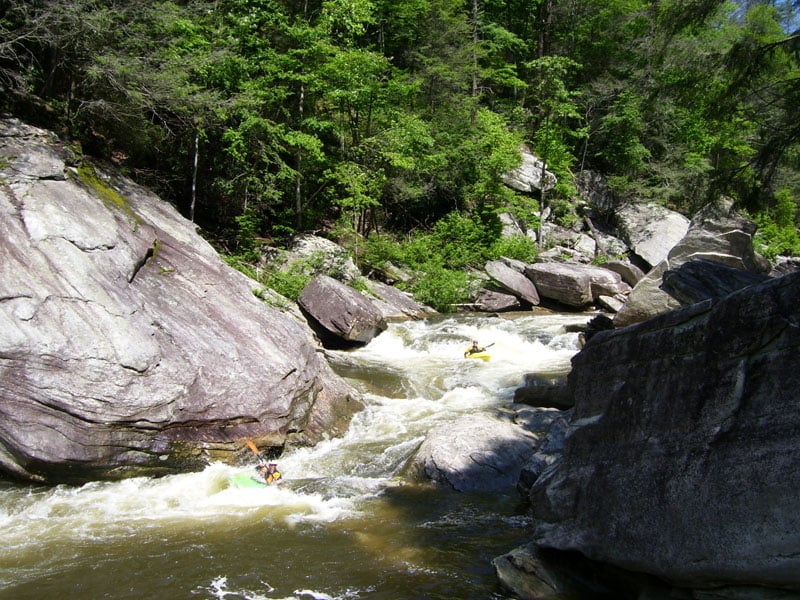
Chattooga River—Georgia & South Carolina
Distance: 13 miles
Difficulty: Class II-IV
A National Wild and Scenic River, the Chattooga is undeveloped around the river edge. This run is exciting and will keep you on your toes, especially with higher water. Expect potholes, undercurrents and a six-foot-tall ledge at mile four that is a great place to learn to boof. Access points are about a quarter mile from the river, so be prepared to carry your boat a little ways. Put in at Earl’s Ford and take out at the Route 76 bridge.
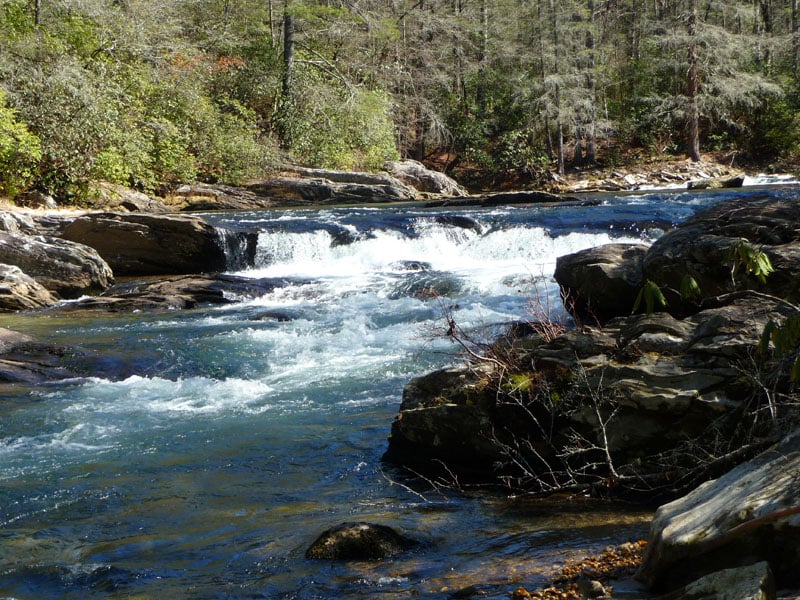
Nantahala River—North Carolina
Distance: 8 miles
Difficulty: Class I-III
Well known for its whitewater, the Nantahala is a hotspot for families taking an adventure or friends out for a good time. Trips down the river usually take about three hours and traverse several class I and II rapids, ending with a vigorous and brisk class III called Nantahala Falls. Put in at Beechertown and take out below the Nantahala Outdoor Center’s steel bridge.
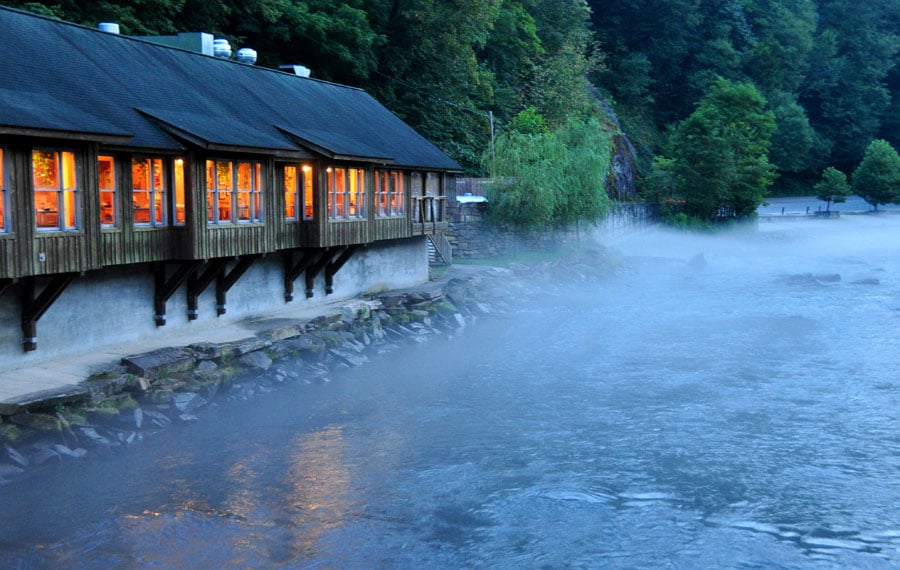
Upper Gauley River—West Virginia
Distance: 12 miles
Difficulty: Class IV-V
The Gauley River is known to be one of the best spots for whitewater across the United States and is home to the world’s largest whitewater festival, GauleyFest. Paddlers trek from around the globe to experience the roaring “Gauley Season,” the six consecutive weekends the Army Crop of Engineers release the Summersville damn. The river has two distinctive sections− the upper and lower. The Upper Gauley is known for the “Big 5,” a series of demanding rapids that ends with a 14-foot waterfall. The Lower Gauley is slightly less challenging, but arguably more iconic given the towering cliffs that surround the notable “Canyon Doors” rapid. For a run on the Upper Gauley, put in at the Summersville Dam and take out at Wood’s Ferry.
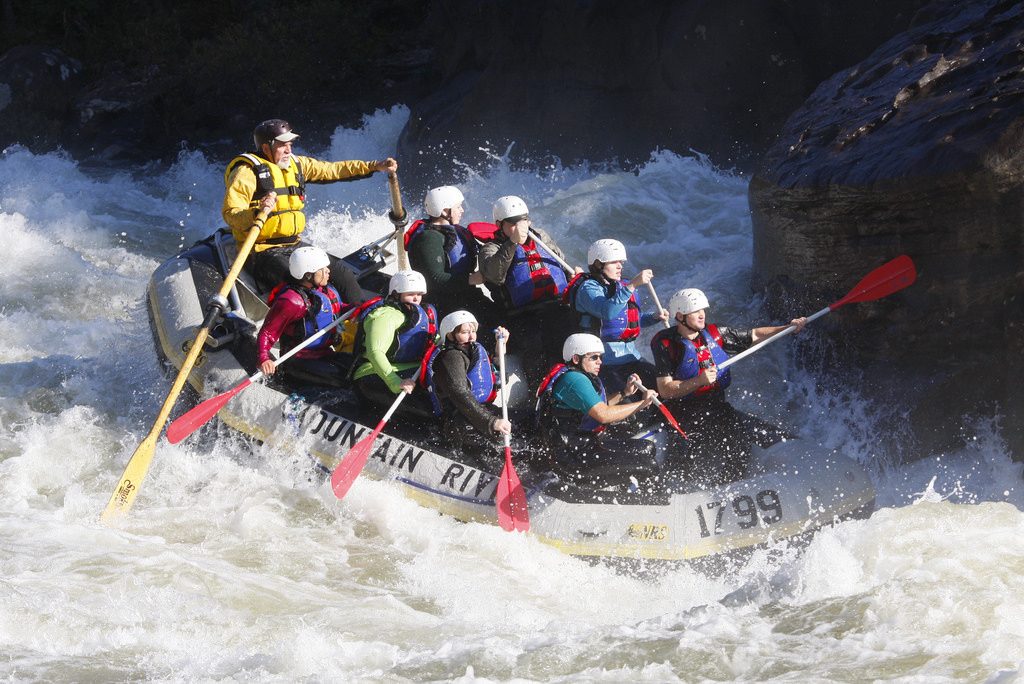
Obed River—Tennessee
Distance: 7.5 miles
Difficulty: Class II-IV
This run on the Obed Wild & Scenic River is a nice section for folks looking for a middle of the spectrum run. There are several class III drops with some long recovery sections in between. The undeveloped shores provide a tranquil backdrop in the quieter places after the Obed River Confluence. This is a good one for people who are expanding their whitewater skills or just out for a typical run. Put in at Lilly Bridge and take out at the old Nemo Bridge.
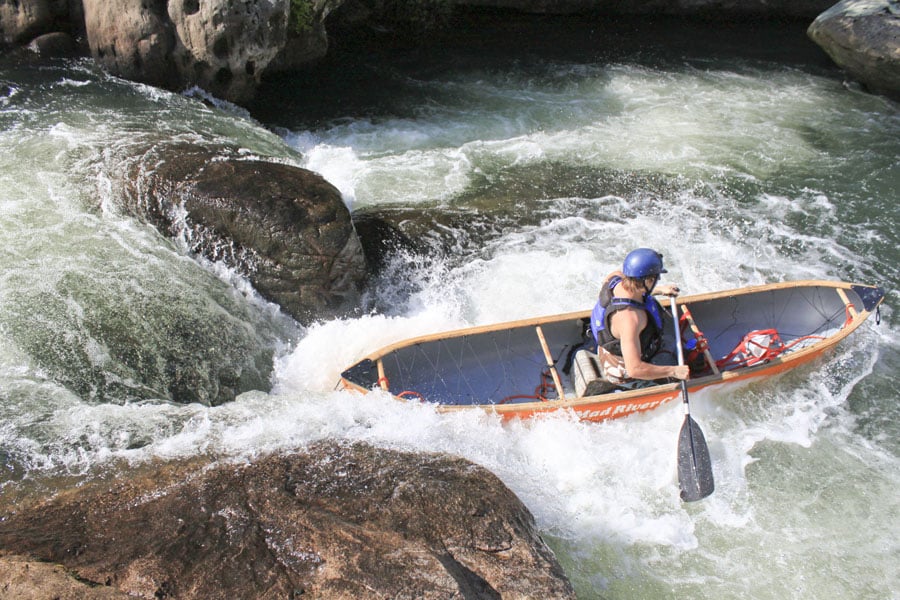
Cumberland River—Kentucky
Distance: 10.5 miles
Difficulty: Class II-IV
Cumberland Falls, one of the largest waterfalls in the Eastern United States, is upstream of several worthy strips of whitewater rapids. This run begins with a series of class II rapids to get you settled before a mile-long stretch of hole-ridden class III’s. Put in below Cumberland Falls State Park and take out at the Mouth of Laurel Boat Ramp.
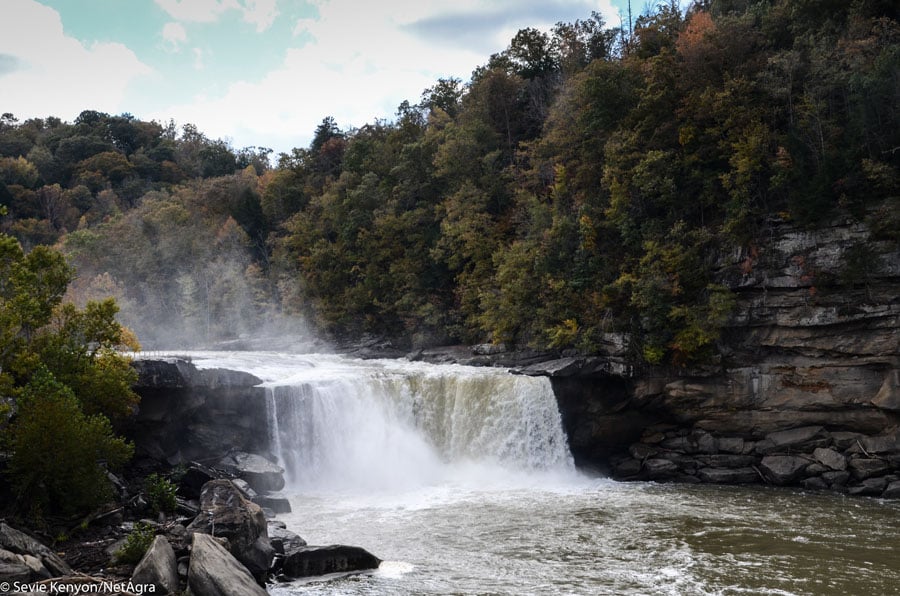
Shenandoah River—Virginia & West Virginia
Distance: 6 miles
Difficulty: Class I-III
Dubbed the “Shenandoah Staircase,” this six-mile section is nice for beginner and moderate paddlers to develop their skills when water is low. Paddlers traverse several class II and III rapids that precede a final mile-long series of ledges and rapids. The run is used for the Tim Gavin Down River Race, one of four races put on at the Harpers Ferry Outdoor Festival. Put in at the power transformers in Millville and take out Potomac Wayside. For festival info, head to harpersferryoutdoorfestival.org.
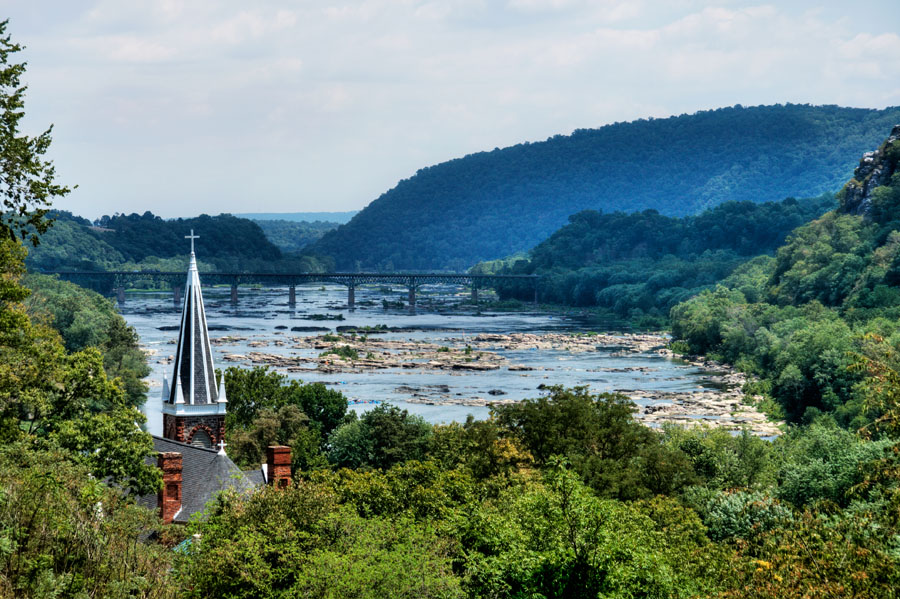
New River Gorge—West Virginia
Distance: 6.5 miles
Difficulty: Class III-V
The New River Gorge has some of best whitewater in West Virginia. This run starts out with a class III called Pinball and then picks up into a few class IV and V’s near the end. The New is a high-volume river with a wide range of run-able river levels. This river is also popular for its role in Bridge day, where base jumpers fling themselves from the 876-foot-tall New River Gorge Bridge. Paddlers can hang out on the river below all the action. For a mid-distance run, use the Cunard put-in and take out at Fayette Station.
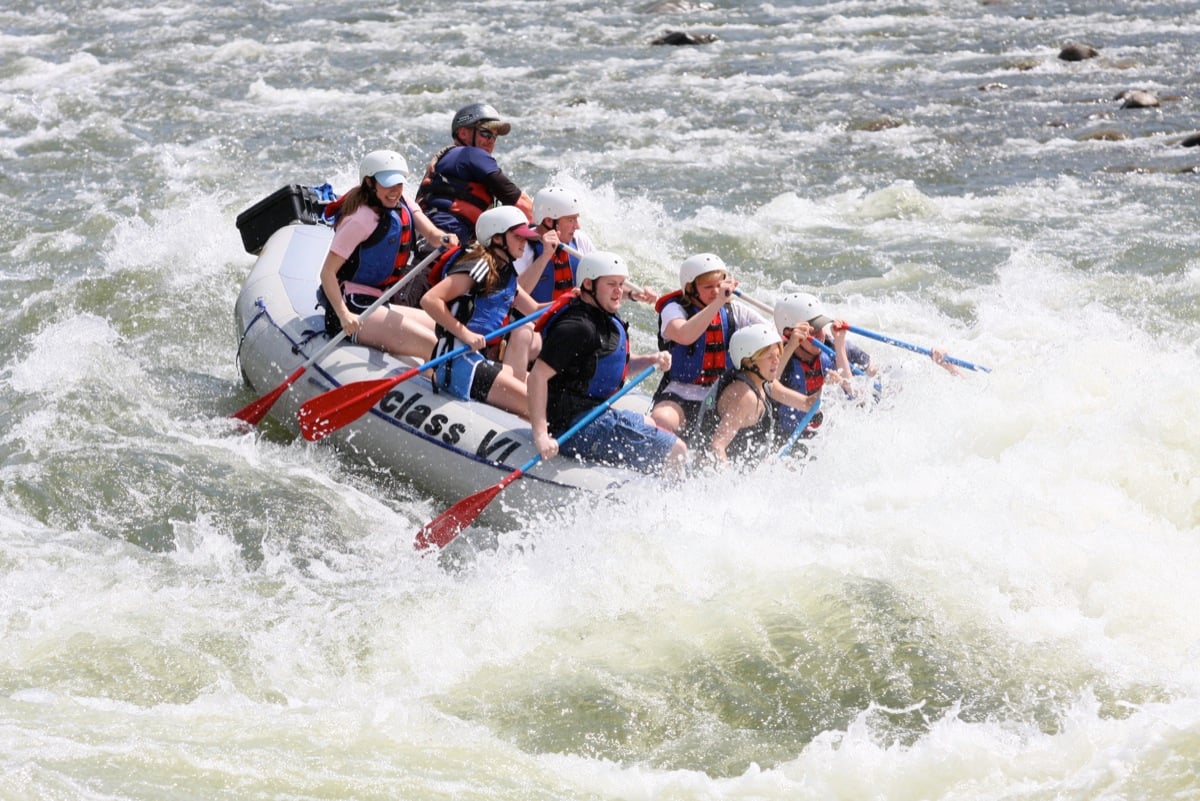
Lehigh River—Pennsylvania
Distance: 9 miles
Difficulty: III
This section is comprised of evenly-spaced class III rapids. There are a few slots that are passable in higher water and opportunities for pop-ups near the end. The run distances can be adjusted because there are several places to put in on the Lehigh. For a nine-mile run, put in at the White Haven and take out at the Rockport.
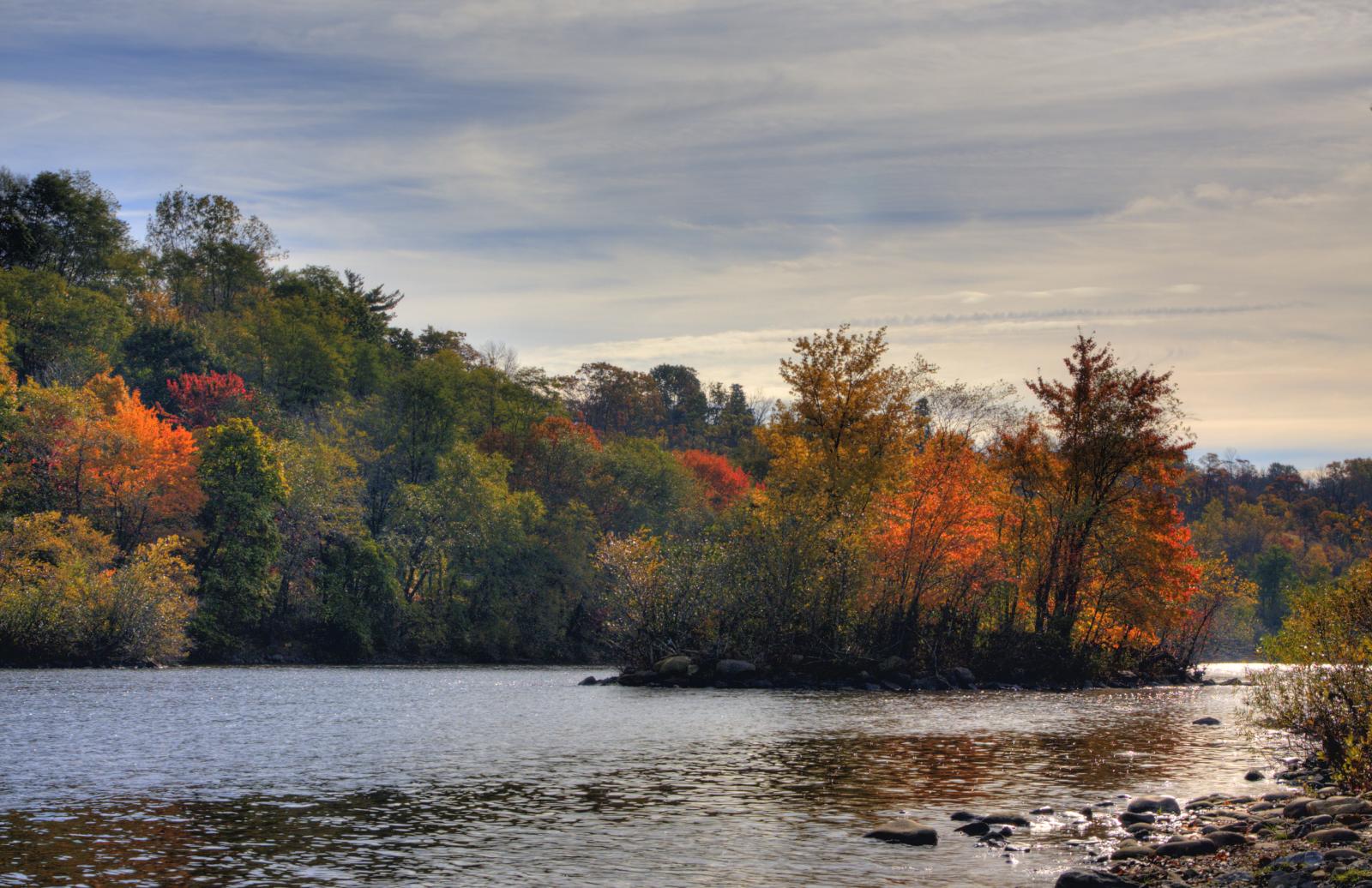
Upper Youghioghny River—Maryland
Distance: 10 miles
Difficulty: Class IV-V
After a couple miles of flatwater, this run becomes an exhilarating track of class IV and V rapids—full of holes to dodge, large rocks to zip through and several spots to boof. Dropping over 100 feet per mile in elevation, the rapids of the Upper Yough are sought after by people across the world for their technical and challenging routes. Put in at Sang Run, a public access field and take out at Wilderness Voyageurs or downstream of the Maple Street bridge in Friendsville, Md.
